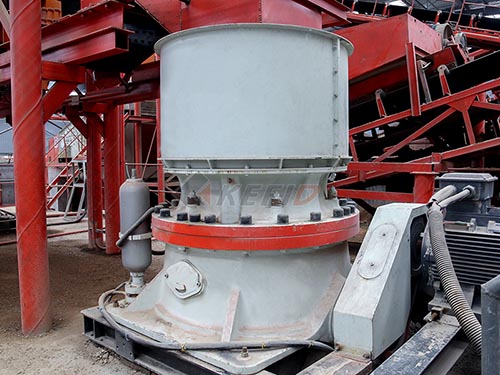Optimizing Aggregate Production: A Deep Dive into CRIFI’s 120 Tons Per Hour Crushing Plants

In the demanding world of aggregate production for construction and infrastructure projects, efficiency, reliability, and adaptability are paramount. Achieving consistent output targets while managing operational costs requires robust equipment designed for performance under pressure. Among the solutions offered by leading manufacturers like Italy’s CRIFI S.r.l., crushing plants rated at 120 tons per hour (tph) represent a crucial sweet spot – offering significant production capacity suitable for medium to large-scale operations without venturing into the complexities of mega-plants. This article explores the engineering principles, typical configurations, operational advantages, and key applications of CRIFI’s highly regarded 120 tph crushing plants.
Understanding the Significance of 120 tph

A production rate of 120 tons per hour translates to nearly 3 million tons annually based on standard operational schedules (e.g., 250 days/year at 10 hours/day). This capacity effectively serves:
1. Medium-Sized Quarries: Providing sufficient output for local or regional markets.
2. Large Construction Projects: Supplying aggregates directly to major infrastructure builds like highways or dams.
3. Recycling Operations: Handling substantial volumes of concrete or asphalt demolition waste.
4. Contract Crushing: Offering mobile contractors a powerful tool capable of tackling significant jobs efficiently.
It bridges the gap between smaller plants (e.g., 200 tph) requiring massive investment and infrastructure support.
CRIFI’s Engineering Philosophy Applied
CRIFI has built its reputation on modularity, robustness in construction using high-quality materials (wear-resistant steels), intelligent design focused on accessibility for maintenance, and advanced automation systems integrated from inception into their crushing solutions – including their popular range hitting the crucial 120 tph mark.
These plants are not merely collections of individual machines but carefully engineered systems where each component – feeder(s), crusher(s), screen(s), conveyors – is selected and sized specifically to work synergistically within this target throughput envelope under realistic operating conditions involving varying feed gradations and hardness.
Typical Configurations for Achieving Robust Performance
CRIFI offers both track-mounted mobile solutions providing rapid deployment flexibility across sites and robust stationary/skid-mounted installations designed for long-term fixed operations with potentially higher optimization potential due to permanent foundations.
Here are common configurations powering reliable production at approximately 130 metric tonnes per hour, factoring

Leave a Reply